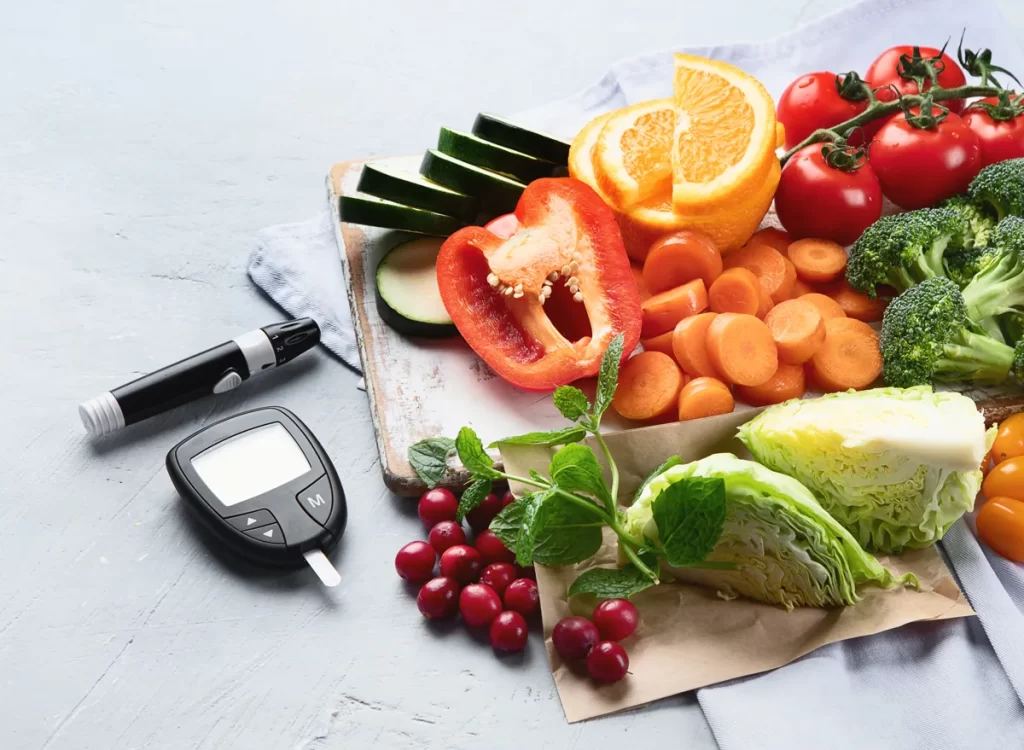A Diet For Diabetes That Works
3 min read
You can follow a diabetes diet by consuming more vegetables, which are low in calories and carbohydrates. Dark green leafy vegetables are best, because they contain low-calories, and you can use fresh or frozen varieties. Avoid canned food or processed meats, because they contain high amounts of saturated fat. Eggs, fish, and skinless chicken are good sources of protein and contain no fat. You can also use extra-virgin olive oil to dress your salad. Or, you can make your own with flaxseed oil. Avocados contain healthy fats that you can add to salads, sandwiches, or guacamole.
Sugars are high in calories. However, it does not mean you can’t have them – just limit them to a certain degree. A low-fat diet is a great way to lose weight and manage blood sugar levels, but don’t completely eliminate them. There is no single diet for diabetes that is perfect. You need to consider the specific needs and preferences of your diabetes and your lifestyle before making any changes. If you have high blood sugar, the diet may not be the best choice for you.
Moreover, berries, which are rich in antioxidants, are an excellent choice for diabetics. Other healthy choices include apples, broccoli, lentils, and black beans. Moreover, low-fat dairy is also a good choice. And if you want to avoid processed foods, try to eat fewer carbohydrates. Try to eat whole grains instead of processed ones like white bread, pasta, or bread. This will keep your blood sugar under control.
A good diet for diabetes includes eating three meals a day and one to three snacks. To keep blood sugar levels stable, you must eat regularly. You should try to avoid foods that are high in saturated fat, fried foods, and salt. Instead, you should focus on eating lots of fresh vegetables, whole grains, lean protein, fruits, and healthy fats. Remember to check your blood glucose level regularly and eat small meals every few hours. A dietitian or certified diabetes educator can help you develop a customized meal plan that fits your lifestyle.
Although you shouldn’t completely cut out sugar and carbohydrates from your diet, a diabetic can still enjoy their favorite desserts. The key to successful moderation is choosing the right type of carbohydrates and serving size. Whole grain carbohydrates, for example, contain more fiber than refined ones, so your blood sugar levels will remain even. Moreover, you don’t have to resort to expensive diabetic foods. You can enjoy all of your favorite foods as long as you limit hidden sugars.
You should limit your intake of animal protein because it causes insulin resistance. A healthy diet includes protein, carbohydrates, and fats. The diet for diabetes is more about a general pattern of eating, and it emphasizes natural, unprocessed foods over convenience foods. You should also eat plenty of whole fruits, vegetables, and whole grains. You should limit the amount of animal protein you eat to three to four ounces. You should also get plenty of exercise for five to ten minutes after meals.






